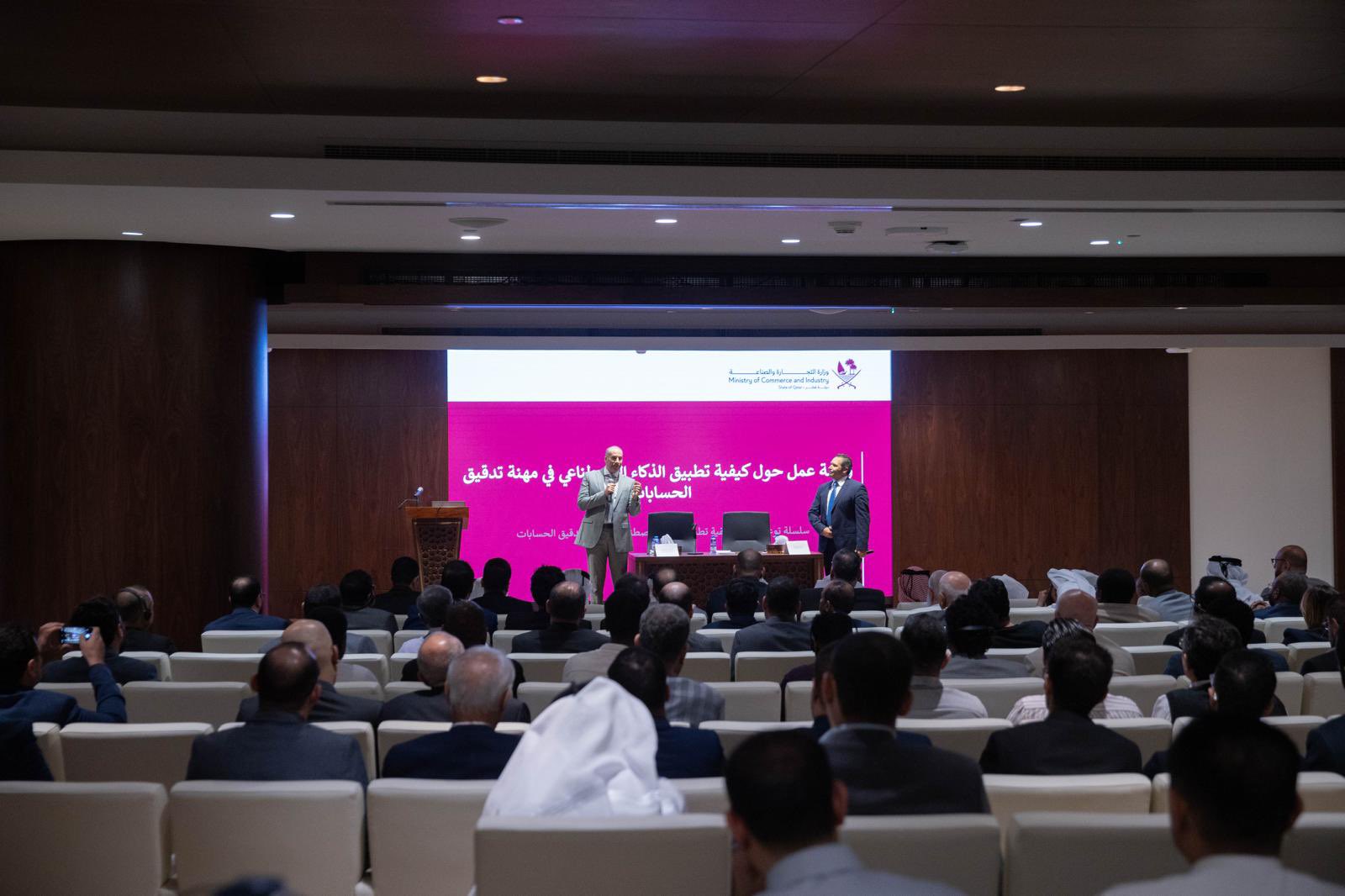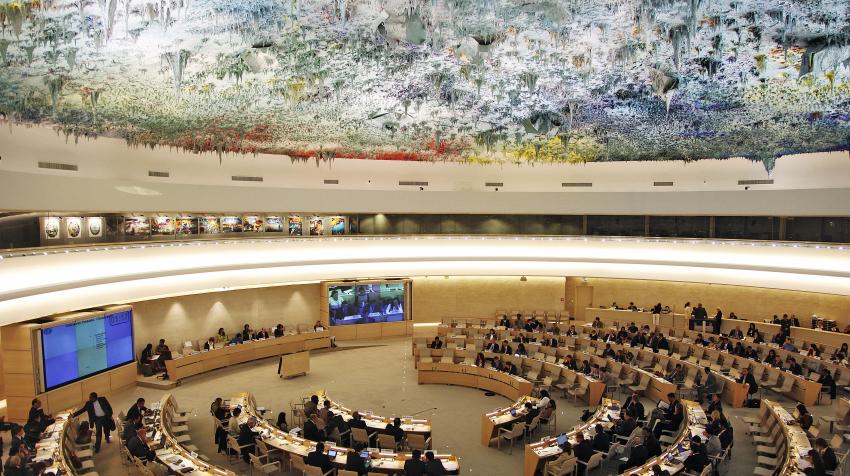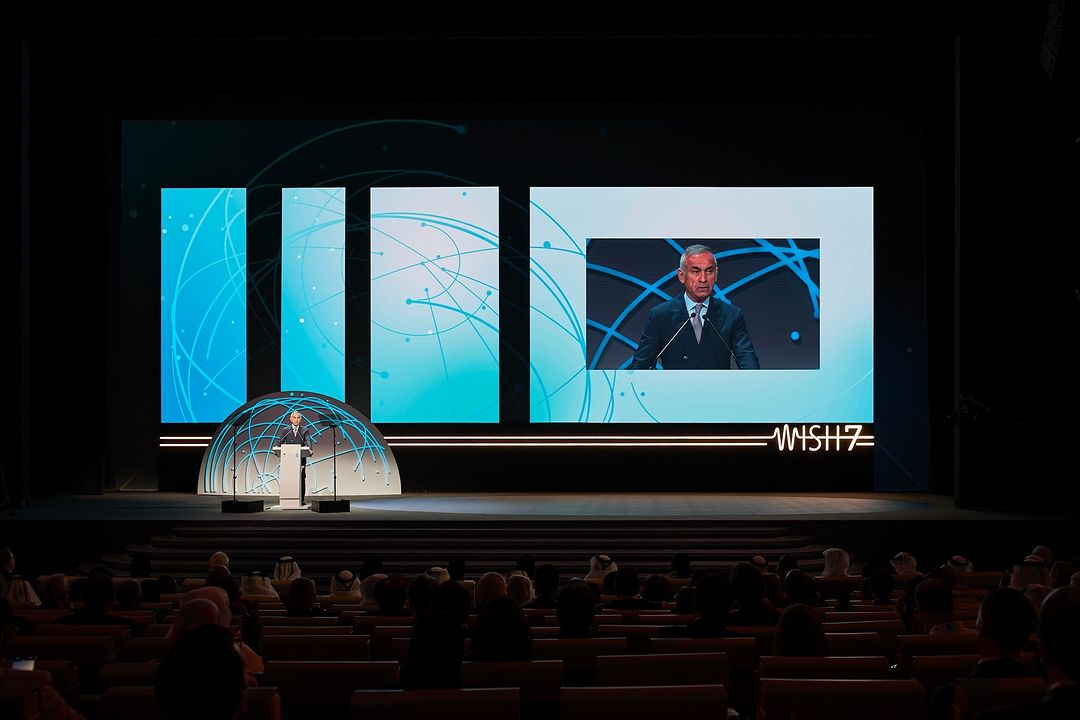Emergency services were also provided, with up to 31 mobile medical teams and eight ambulances per stadium.
Over 51,800 patients were treated by Qatar’s healthcare centres throughout FIFA World Cup Qatar 2022.
A total of 2,275 staff personnel, 113 clinics, 114 ambulances, 212 mobile medical units, and about 100 FIFA World Cup competition and non-competition venues made up the enormous healthcare system for the event.
Commending the successful delivery of medical services during the major sporting tournament, Ahmed Al Mohamed, Chair of the FIFA World Cup Qatar 2022 Health Strategic Command Group, singled out the help delivered by the Ministry of Public Health, Hamad Medical Corporation, Primary Health Care Corporation, Aspetar, Sidra Medicine, Qatar Red Crescent Society, Qatar Armed Forces, Ministry of Interior, QatarEnergy Health Services, and many others collaborated to deliver high-quality medical services throughout the competition.
“A key principle of our strategy was to enable easy access to high-quality medical care for fans,” Al Mohamed said, according to Qatar News Agency. This required offering services in the areas where both domestic and foreign spectators and tournament players frequently visited.
Qatar rolled out many medical clinics across the FIFA World Cup football stadiums, fan zones, training grounds, and important lodging locations, in addition to offering emergency and urgent care services within its current healthcare facilities, Al Mohamed noted.
All eight World Cup stadiums had more than 80 medical clinics put up. Healthcare teams offered a wide range of services inside each stadium on game days during the entirety of the major tournament. For each game, there were two specialised medical teams and ambulances intended for players. There were also up to 13 medical clinics inside and outside each stadium, up to 31 mobile medical teams, and up to eight ambulances intended for the general public and fans.
Emergency services were also provided, with up to 31 mobile medical teams and eight ambulances per stadium.
More than 6,000 patients benefited from the establishment of specific walk-in units for fans with urgent but non-emergency care needs in hospitals across the nation, including Hamad General Hospital, Aisha Bint Hamad Al Attiyah Hospital, Al Wakra Hospital, and Hazm Mebaireek General Hospital, the report detailed.
In order to be prepared to handle a higher volume of calls than usual, the ambulance service of Hamad Medical Corporation made plans in anticipation of more than 1.4 million football fans from around the world.
The Ambulance Service responded to more than 4,000 World Cup-related calls in addition to continuing to offer a range of services to the local population of Qatar during the competition.
The numerous clinics established within designated World Cup locations, according to Dr Abdulwahab Al Musleh, deputy executive director of medical affairs at HMC and chief medical officer of the Supreme Committee for Delivery & Legacy, was a crucial component in the effectiveness of the healthcare provision.
Speaking on the two specific key aims achieved, Dr Al Musleh said: “Firstly, we were able to ensure fans had easy access to medical care close to where it was needed,” adding that in order to maintain regular medical services for the local people without interference, “we were able to reduce the number of fans visiting hospitals and health centres.”
Over the course of the competition, the medical teams attended to more than 33,000 patients at about 100 competition and non-competition areas, the majority of whom required treatment for minor illnesses and injuries.







